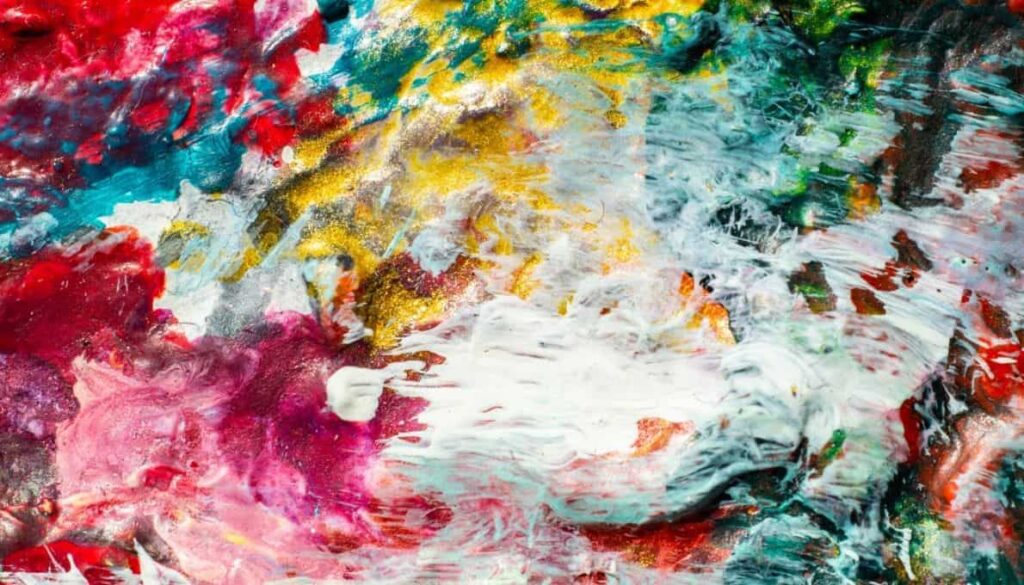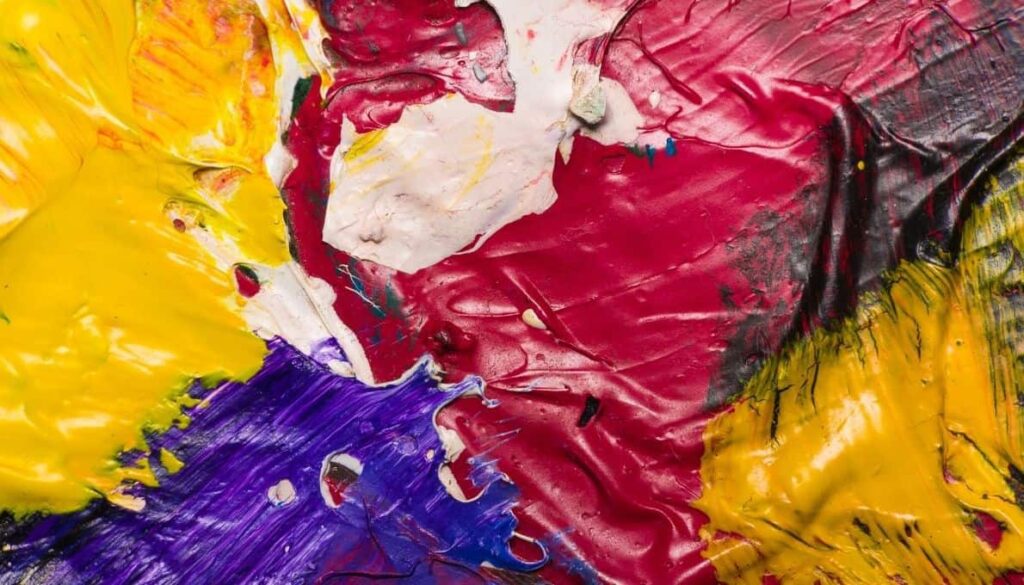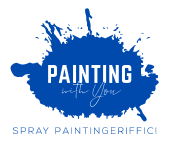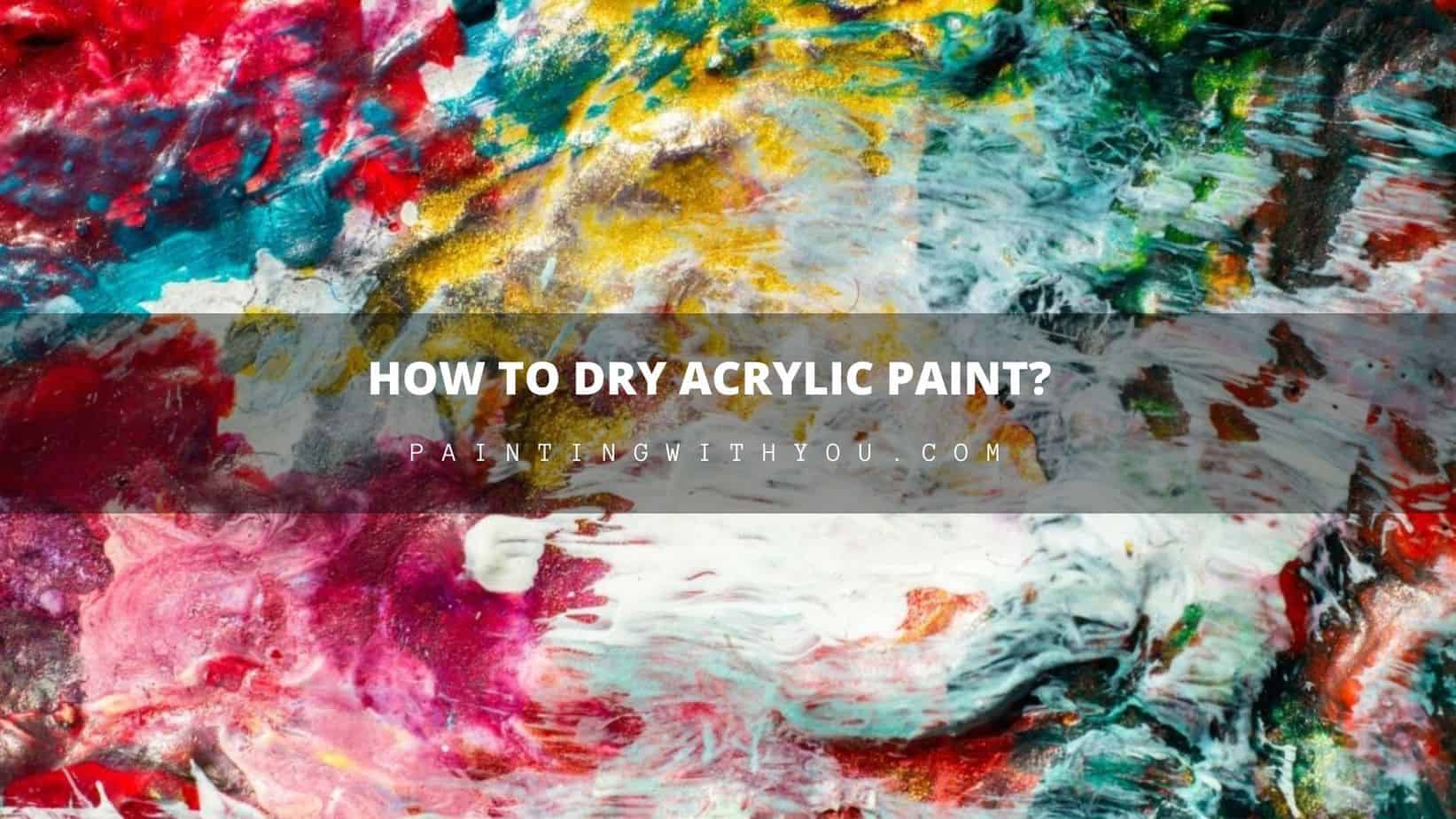Many artists choose to paint with acrylic for a wide variety of reasons. Under the right conditions, acrylic paint is known to dry much faster than oil paints. It is also easy to clean, nearly odorless, and heavily pigmented – meaning the colors can be exceptionally vibrant and bold.

Perhaps one of the best qualities of acrylic paint is that you can persuade it to dry slower or faster, to better suit your needs.
What Is Acrylic Paint?
Acrylic paint is a product of pigment bound by synthetic resin. It can be combined with water while it is wet, but once it dries, it becomes water-resistant. As it dries on the canvas, the water in it will evaporate, leaving a layer of concentrated pigment and resin.
This results in the color tending to change a little, usually getting darker. Dried acrylic paint can act as a durable film that you can paint layer over layer for different effects or modifications.
You can use acrylic paint on any surface that is not too greasy or too glossy. It is recommended to prime canvas and other porous surfaces, using Gesso or similar, to prevent it from absorbing too much water from the paint, causing damage to the surface.
More in my post: How to prepare a canvas for Acrylic painting
It is also recommended to prime metal or glass before using acrylic paint on them, giving the paint something to attach to in these cases, so they will not crack or peel easily when dry.
Why some Acrylic paints cost more than others?
Craft quality Acrylic paint, such as you find in the craft section of your supermarket, is generally more affordable, but does not have the same consistency and composition as artist’s quality acrylic paints. Artist quality acrylic paints can be more costly, but you can expect higher quality at a higher price.
[amazon bestseller=”artist’s quality acrylic paints” items=”2″ template=”table”]
How Long Does It Take For Acrylic Paint To Dry?
Acrylic paint will dry in 10-30 minutes if painted thin and left in a warm, dry room with pleasant airflow. It can take an hour or longer if painted thick, even if it feels dry to the touch.
Once dry, your project or painting will take at least three days to fully cure. This means the paint is completely settled, thoroughly dry, and ready for a coat of varnish.
If not allowed to cure properly before the varnish is applied, moisture will attempt to escape from beneath it, and leave a film or discoloration in the future.
How To Dry Acrylic Paint Fast
Generally, it is recommended to place your painting in an ideal environment and allow the paint to air dry. You can control the temperature, humidity, and airflow of the space where your paintings are left to cure.
Blow dryer can dry Acrylic paint faster
Using a blow dryer can speed up the process of drying acrylic paint, but with some risk.
- Control the warm air by setting the hairdryer on the lowest setting.
- Keep it a safe distance from the canvas, and evenly distribute the heat and air across the painting.
A heat gun may also be used in much the same way, but the risk of damage or personal injury may increase. Be careful.
NOTE: Too much exposure, too much heat, will cause acrylic paint to bubble and maybe even burn.
Why Is My Acrylic Paint Not Drying?
If your project is not drying as quickly as you expect, you may want to consider these important factors.
Temperature
The ideal temperature for drying is between 70 and 90 degrees. Below 49 degrees, acrylic will dry more slowly, potentially crack, and fail to adhere.
Humidity
Acrylic paint dries best in the humidity of 75% or lower. Higher, and moisture in the air will prolong the drying process. It is suggested that you invest in a de/humidifier if your environment is particularly dry, humid, or unpredictable.

Thickness
Acrylic paint dries in stages. Typically a thin layer will dry first, creating a “skin” that is only dry to touch. Underneath, the paint will still be quite wet and delicate for days to weeks, depending on the thickness of the paint. The thickness of ¼ inch or more can take months (and even years) to fully cure.
Surface
A breathable fabric will allow the moisture in acrylic paint to breathe more evenly than a solid surface. A canvas primed with gesso is not porous enough to absorb too much but is breathable enough to support typically fast drying times.
How to dry Acrylic Paint slow?
Many artists find that acrylic paint dries too fast a lot of times. If you are interrupted from your work for a few minutes, the colors on your palette will likely be dried out by the time you return.
If you run out of a specific color, by the time you are done blending another pile of it, the paint on the canvas will be dry, and you are unlikely to match the shade perfectly. This can be wildly frustrating, but there are things you can do to work with your paint longer.
1. Adding Water
Adding a few drops of water to the paint on your palette may help slow it from drying out too fast. Blend a few drops at a time, until you are pleased with the consistency, and remember the color may be diluted while wet.
2. Blend With Acrylic Gel
There are actually several products, sometimes called retarders, formulated to retard the drying process for acrylic paint. You can buy them in any art or craft supply store where acrylic paints are sold, and it works the same way as adding water. Blend a little in with the paint on your palette.
[amazon bestseller=”Acrylic retarders” items=”3″ template=”table”]
3. Wet Palette
Arguably the best way to keep your paint workable for up to a few days is the use of a wet palette. You can buy one or make it yourself, but the idea is to keep your palette moist enough to slowly hydrate the paint. Some artists have found this method may also dilute the paint color.
Related Questions
You can paint over dry Acrylic paint, if the paint is completely dry. Some artists paint by applying a lot of thin layers, each allowed to dry thoroughly before the next is painted on. Thick layers take longer to dry.
This may happen when you try to paint over layers of acrylic that are not completely dry. It can help to dilute your paint with water, which acts like a binder, binding the paint to you board.

